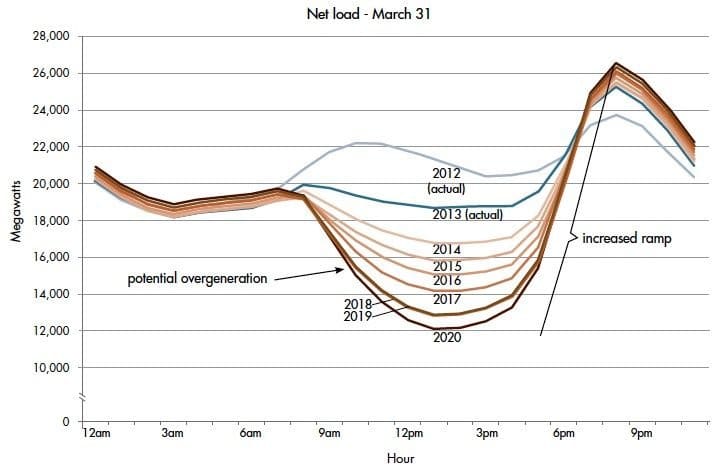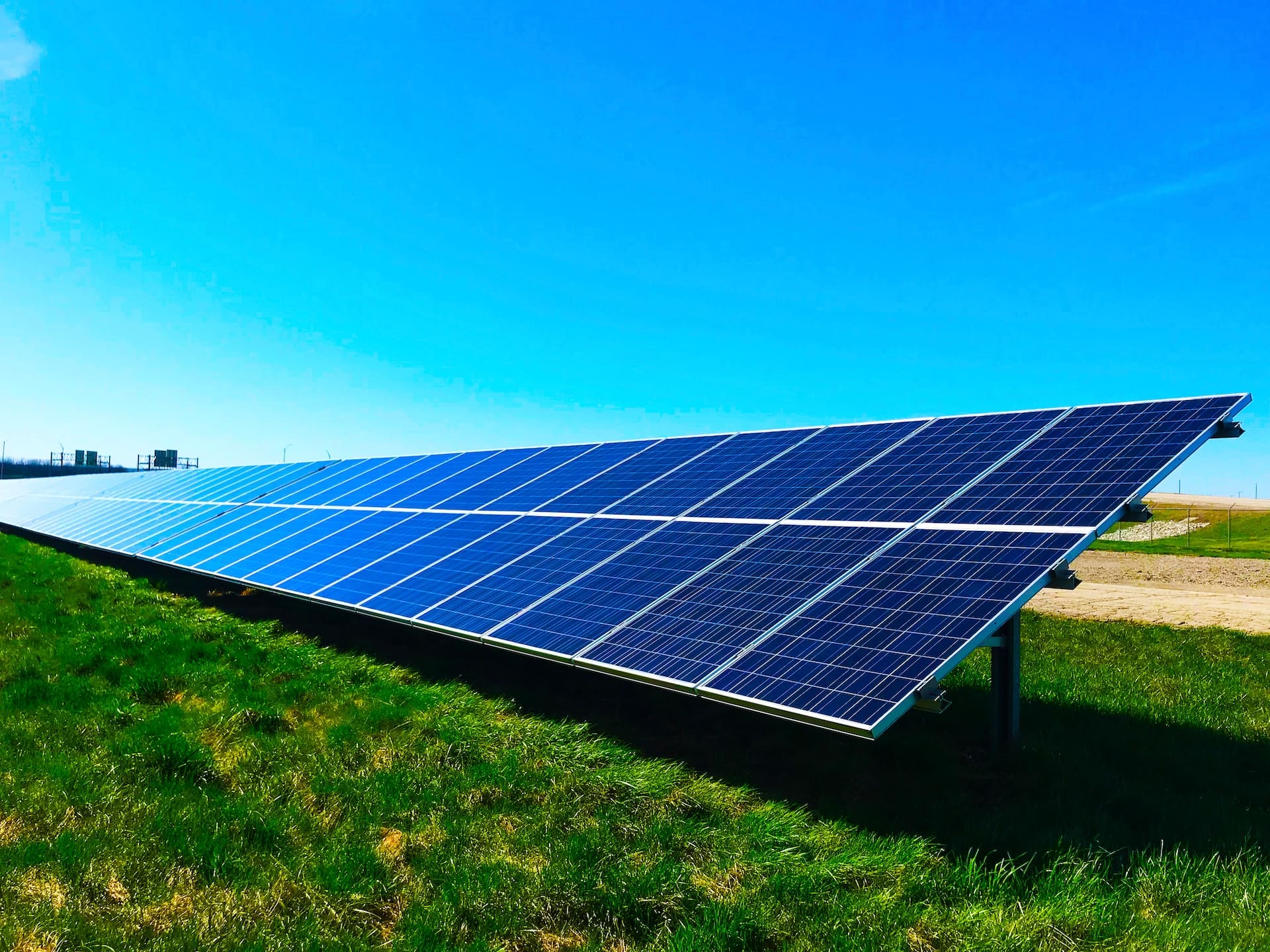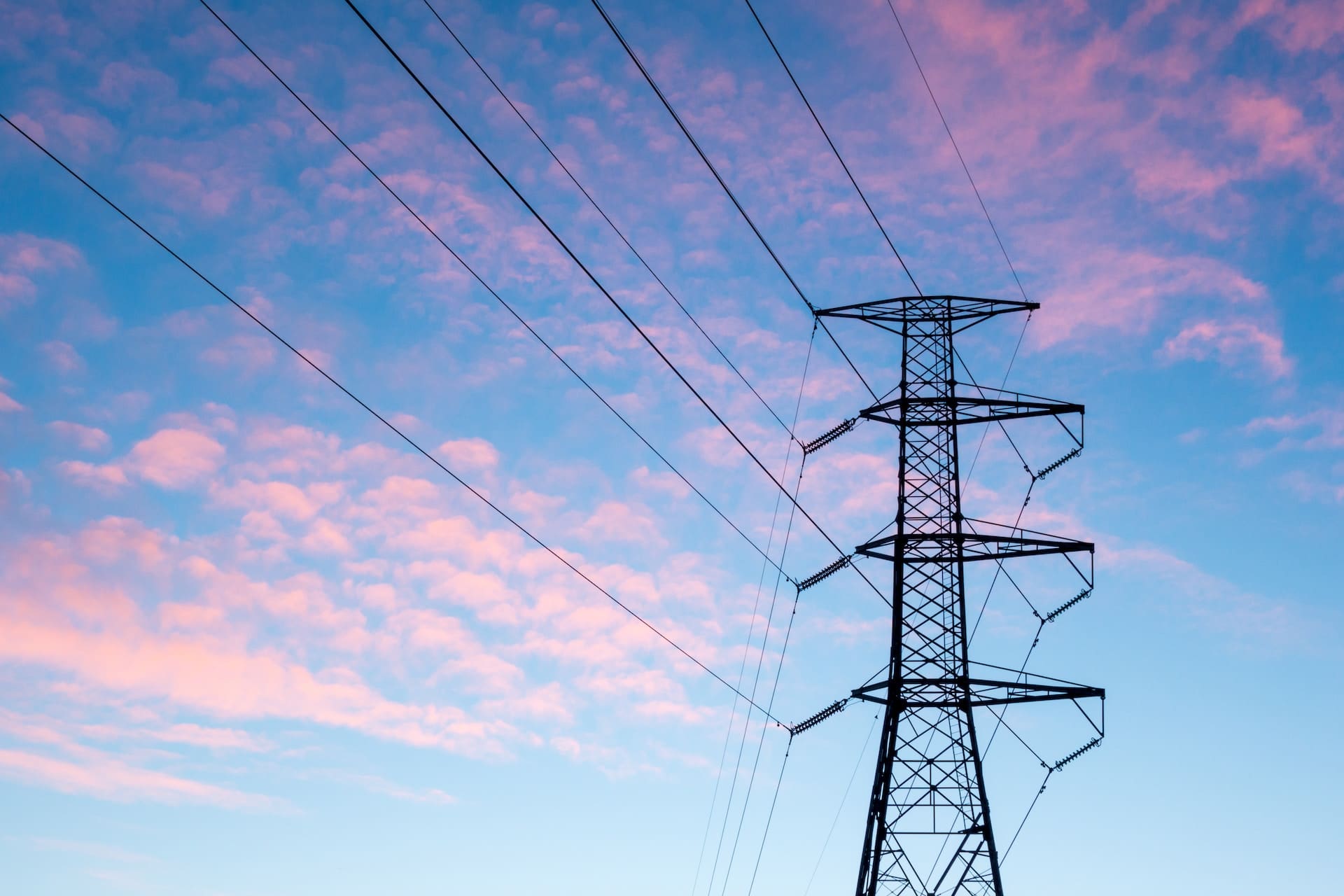What do ducks have to do with the electrical grid and lightbulbs, you may ask? Well, let’s get quackin’.
- Solar energy production causes a midday drop in electricity demand, followed by a rapid evening peak.
- The “Duck Curve” poses a significant challenge for power grids because the sharp peak in energy usage overwhelms the grid.
- LED light bulbs are an energy-efficient solution to reduce evening strain on the grid.
The “Duck Curve” is a graph that represents the complex relationship between electricity supply and demand, particularly in regions with high solar energy penetration. The curve acquired its name for its distinctive shape, which looks undeniably similar to a duck. (See Below)

Image courtesy of The Department of Energy
The Evolution of the Duck:
The drastic fluctuation of energy usage and demand has become more pronounced with the widespread adoption of solar and renewable energy sources. This is because during daylight hours, solar energy production surges which causes a dip in electricity demand as businesses and homes rely on the abundance of daytime sunshine. However, as the sun sets, electricity demand sharply increases as people return home and turn on their lights, appliances, and air conditioners. This rapid increase in demand puts tremendous stress on the power grid.

As a result, grid operators face the challenging task of managing this daily imbalance between supply and demand. This challenge not only strains the grid but also affects the environment and energy costs, as relying on fossil fuels during peak demand periods can be more expensive. Large legacy coal, oil, and nuclear plants don’t have the flexibility to shut down production and turn it back on constantly. These systems simply can’t keep up with the deepening shift in daily energy demands year after year, as more solar power sources come online to utilize daytime sunlight. More nimble energy generation solutions like natural gas, and most importantly energy storage will be necessary to flatten the duck.
The “Duck Curve” is a graph that represents the complex relationship between electricity supply and demand, particularly in regions with high solar energy penetration.
Video courtesy of Vox
What's the Solution?
Energy Storage: One effective solution is the widespread adoption of Grid-Scale Storage, such as pumped-storage hydropower and large-scale batteries. These systems store excess energy produced during periods of abundant sunshine and release it during the evening peak, which helps balance supply and demand.
Demand Response Programs: Implementing demand response programs incentivizes consumers to reduce their electricity usage during peak hours. Smart meters and technologies like smart thermostats and smart lighting can automatically adjust energy consumption, reducing strain on the grid.

Photo by Nikola Johnny Mirkovic on Unsplash
Grid Modernization: Upgrading and modernizing the power grid infrastructure is crucial. Advanced grid technologies, such as smart grids, can enhance grid flexibility and facilitate the integration of renewable energy sources like solar and wind.
LED Light Bulbs: LED technology plays a role in mitigating the Duck Curve’s impact. LED light bulbs are highly energy-efficient and consume significantly less electricity than traditional incandescent bulbs. They also offer opportunities for smart lighting integration, which can dynamically adjust lighting patterns to reduce energy consumption during peak periods.
In Summary:
The interplay between the Duck Curve, the power grid, and LED light bulbs illustrates the complex challenges and opportunities for the energy industry going forward. The use of solar energy has led to daily fluctuations of supply and demand for electricity, which presents immense difficulties for grid operators.
However, with the right solutions in place, we can address these challenges effectively. Methods of energy storage, demand response programs, grid modernization, and the adoption of LED lighting technology offer a path forward. By maximizing energy efficiency and improving grid flexibility, we can mitigate the impacts of the Duck Curve, reduce energy consumption, lower costs, and foster a more sustainable and resilient energy landscape. This synergy of solutions represents a promising step towards a more effective and sustainable energy future. Quack.


